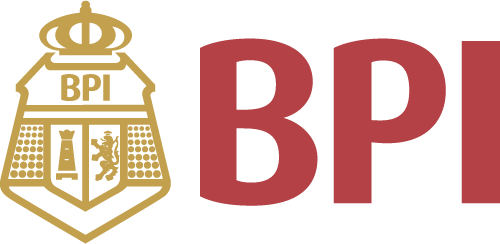All Categories
Concepts and Applications of Finite Element Analysis, 4th Edition
Share Tweet
*Price and Stocks may change without prior notice
*Packaging of actual item may differ from photo shown
- Electrical items MAY be 110 volts.
- 7 Day Return Policy
- All products are genuine and original








About Concepts And Applications Of Finite Element
Product Description Authors Cook, Malkus, Plesha and Witt have revised Concepts and Applications of Finite Element Analysis, a text suited for both introductory and more advanced courses in Finite Element Analysis. The fourth edition of this market leading text provides students with up-to-date coverage and clear explanations of finite element analysis concepts and modeling procedures. From the Inside Flap LEARN FINITE ELEMENT THEORY AND HOW TO APPLY IT This book is an accessible introduction to finite element analysis. The exposition moves gradually from simplke concepts to more advanced theory, with the goal of making competent applications based on sold understanding. In addition to theory, considerable attention is given to practical matters: modeling for finite element analysis, checking computed results for errors, and revising an analysis as needed. FEATURES: Basic theory is clearly explained. Includes over 500 analytical problems. Structural mechanics is emphasized. Dynamics, nonlinearity, and heat transfer are treated. Includes application examples with solution critiques. ACCOMPANYING SOFTWARE: Any finite element analysis software can be used with this book. However, VisualFEA (ISBN 0471-21207-5) developed by Intuitive Software, Inc. is available from Wiley for packaging with this book. VisualFEA is exceptionally easy-to-use and powerful finite element analysis software with computer-based training tools for teaching and learning the finite element method. For both Windows and Mac operating systems. (For those seeking more emphasis on implementation, Fortran coding is available as described in the Preface.) From the Back Cover LEARN FINITE ELEMENT THEORY AND HOW TO APPLY IT This book is an accessible introduction to finite element analysis. The exposition moves gradually from simplke concepts to more advanced theory, with the goal of making competent applications based on sold understanding. In addition to theory, considerable attention is given to practical matters: modeling for finite element analysis, checking computed results for errors, and revising an analysis as needed. FEATURES: Basic theory is clearly explained. Includes over 500 analytical problems. Structural mechanics is emphasized. Dynamics, nonlinearity, and heat transfer are treated. Includes application examples with solution critiques. ACCOMPANYING SOFTWARE: Any finite element analysis software can be used with this book. However, VisualFEA (ISBN 0471-21207-5) developed by Intuitive Software, Inc. is available from Wiley for packaging with this book. VisualFEA is exceptionally easy-to-use and powerful finite element analysis software with computer-based training tools for teaching and learning the finite element method. For both Windows and Mac operating systems. (For those seeking more emphasis on implementation, Fortran coding is available as described in the Preface.) About the Author Robert D. Cooke received his Ph.D. in Theoretical and Applied Mechancis from the University of Illinois in 1963. Since then he has been at the University of Wisconsin-Madison, where he is now a professor in the Department of Engineering Physics. His interests include stress analysis and finite element methods. In addition to the present book, he is author of Finite Element Modeling for Stress Analysis (Wiley, 1995) and Advanced Mechanics of Materials (2nd Edtion, Prentice Hall, 1999, with Warren C. Young). David S. Malkus received his Ph.D. from Boston University in 1976. He spent two years at the National Bureau of Standards and seven years in the Mathematics Department of Illinois Institute of Technology. He is now Professor of Engineering Mechanics at the Univrersity of Wisconsin-Madison. His research interests concern application of the finite element method to problems of structural and continuum mechanics, in particular the flow of non-Newtonian fluids. He is a member of the Rheology Research Center (Uni






















